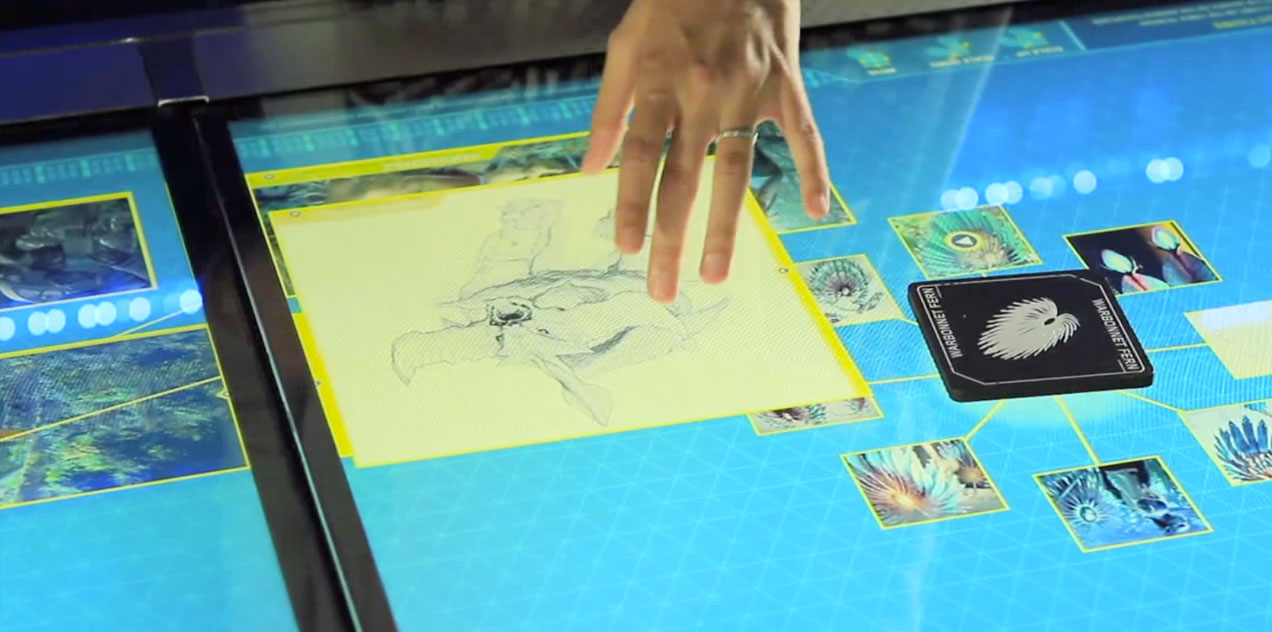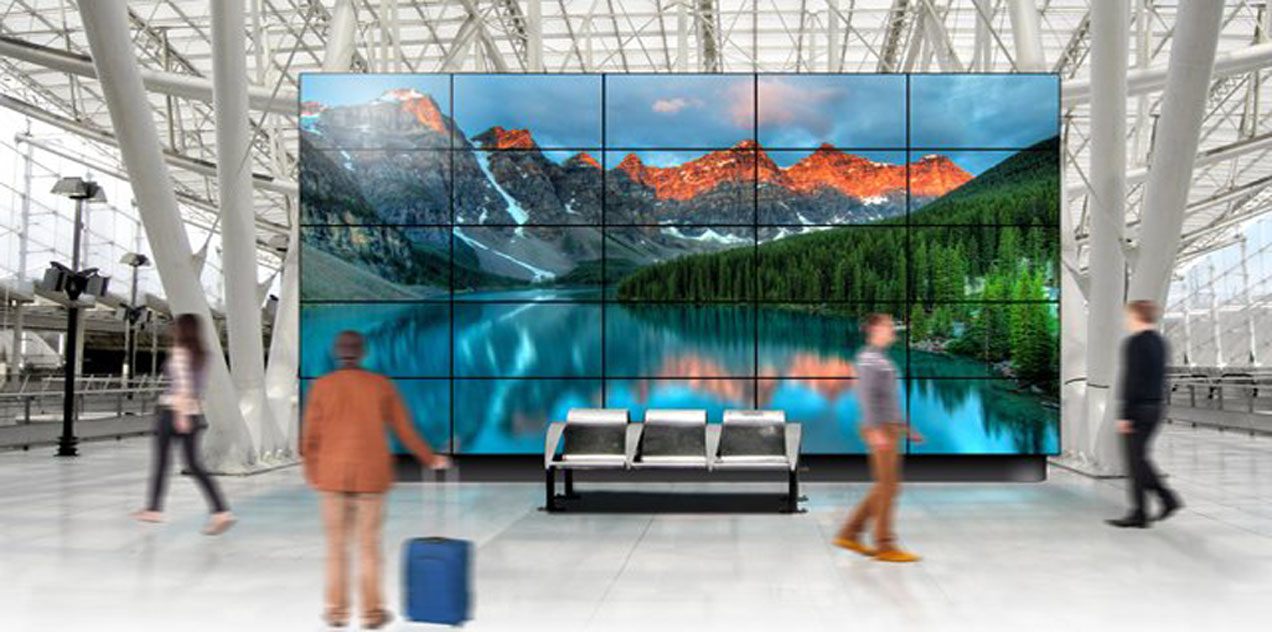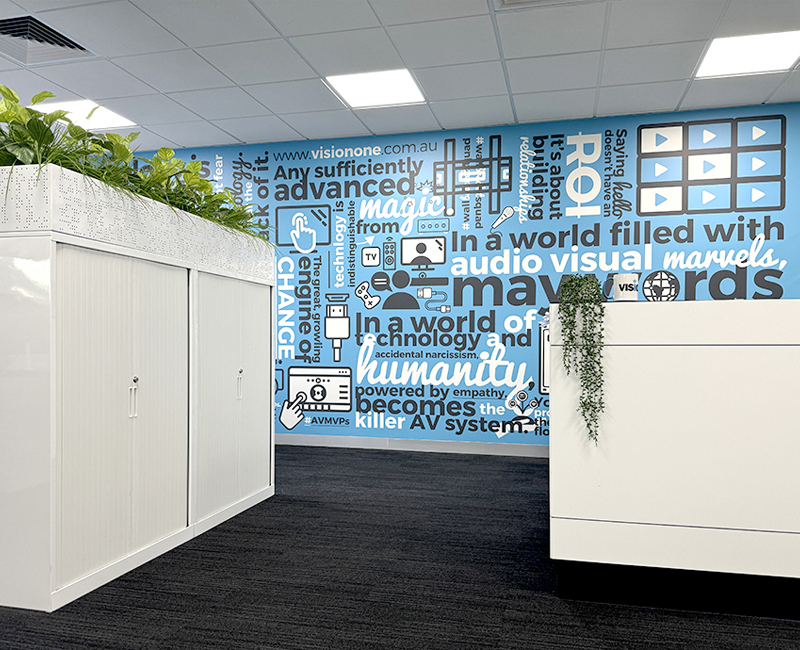Interactive Display Market Worth $15 Billion by 2020
According to a new market research report "Interactive Display Market by Product (Interactive Kiosk, Whiteboard,...
Rise of the Network Video Wall
Video walls are becoming increasingly visible in our world. They make big statements, capture attention...











